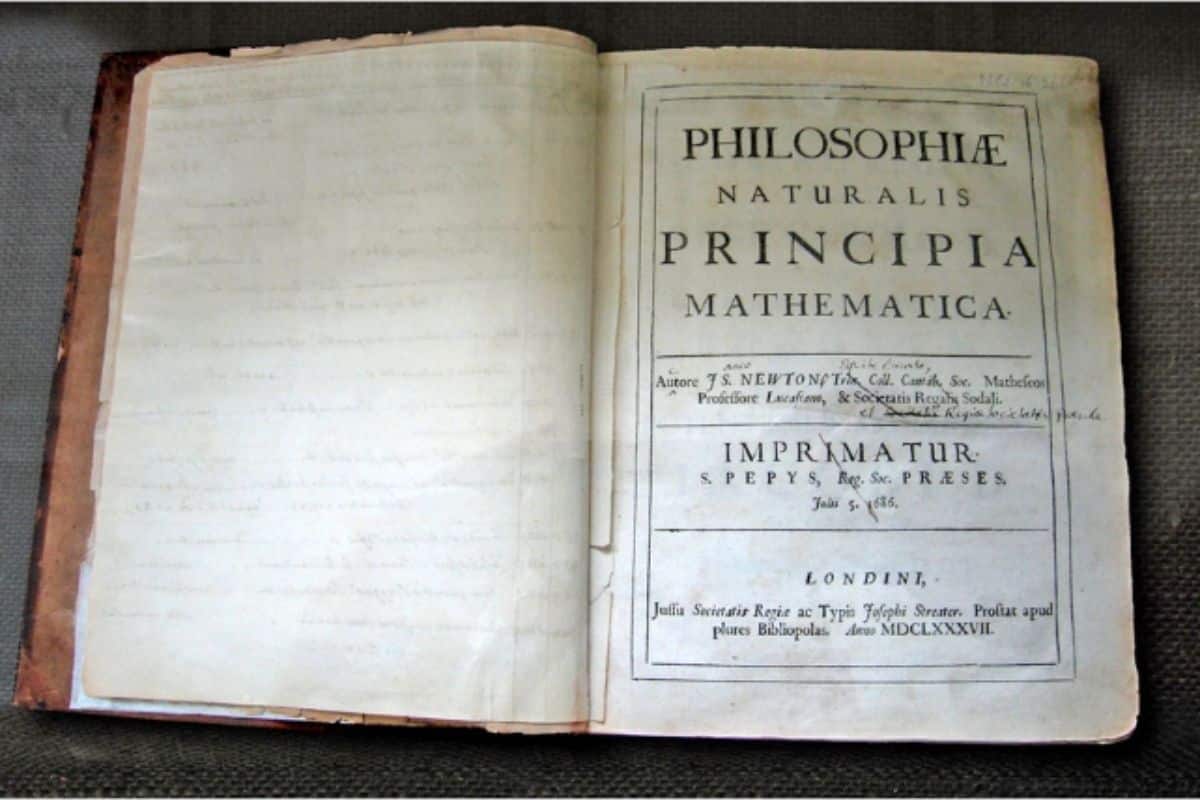
For almost three centuries, Isaac Newton’s first law of motion has stood as a cornerstone of physics. However, recent research indicates that a subtle mistranslation in its early English rendition might have caused countless scientists and educators to misinterpret its actual significance.
The Crucial Mistranslation in Newton’s Text
Commonly referred to as the law of inertia, Newton’s first law asserts that an object will maintain its state of motion in a straight line or remain stationary unless acted upon by an external force. This interpretation has been derived from an early English translation of Newton’s work originally written in Latin, and it has been a standard reference in physics literature for many years.
However, researcher Hoek identified a significant problem with this translation. The Latin term “quatenus,” which translates to “insofar as,” was mistakenly rendered as “unless.” This minor error alters our understanding of Newton’s assertion considerably.
The Impact of This Correction
At first, this adjustment may appear trivial. Newton’s mathematical concepts and motion laws still function effectively. Yet, this mistranslation could influence how we comprehend and teach these fundamental ideas.
The traditional interpretation of Newton’s first law suggests that objects move effortlessly unless interrupted by outside forces. In contrast, Hoek’s updated understanding indicates that Newton wasn’t outlining a theoretical, force-free environment; rather, he was emphasizing that all motion in the real world is perpetually affected by forces.
Why Has This Error Gone Unnoticed for So Long?
The mistranslation was initially identified in 1999 by two academics but failed to gain significant traction. Hoek now aims to shed light on this overlooked aspect.
Many in the scientific community express skepticism towards this claim. According to Hoek, reactions to his findings typically fall into two camps. “Some consider my interpretation too unconventional to be taken seriously, while others see it as so evidently correct that it hardly warrants discussion,” he stated.
Understanding Newton’s True Intent
Newton’s contributions were revolutionary, as they connected the motion of earthly objects with celestial phenomena. His laws unveiled that identical forces dictate everything from a falling apple to orbiting planets.
Newton illustrated his first law using the example of a spinning top that gradually slows down due to air resistance. “Newton explicitly demonstrates how his understanding of the First Law applies to accelerating bodies that are influenced by forces—meaning it pertains to entities in the real world,” noted a philosopher from Virginia Tech.
If Newton indeed meant that objects continue in uniform motion only insofar as no forces act on them, it indicates his awareness that all real-world motion interacts with continuous external influences.
Hoek’s reinterpretation actually reinforces Newton’s principles, emphasizing that motion is never devoid of external forces—be it a vehicle halting due to friction or a planet revolving around a star because of gravity.









